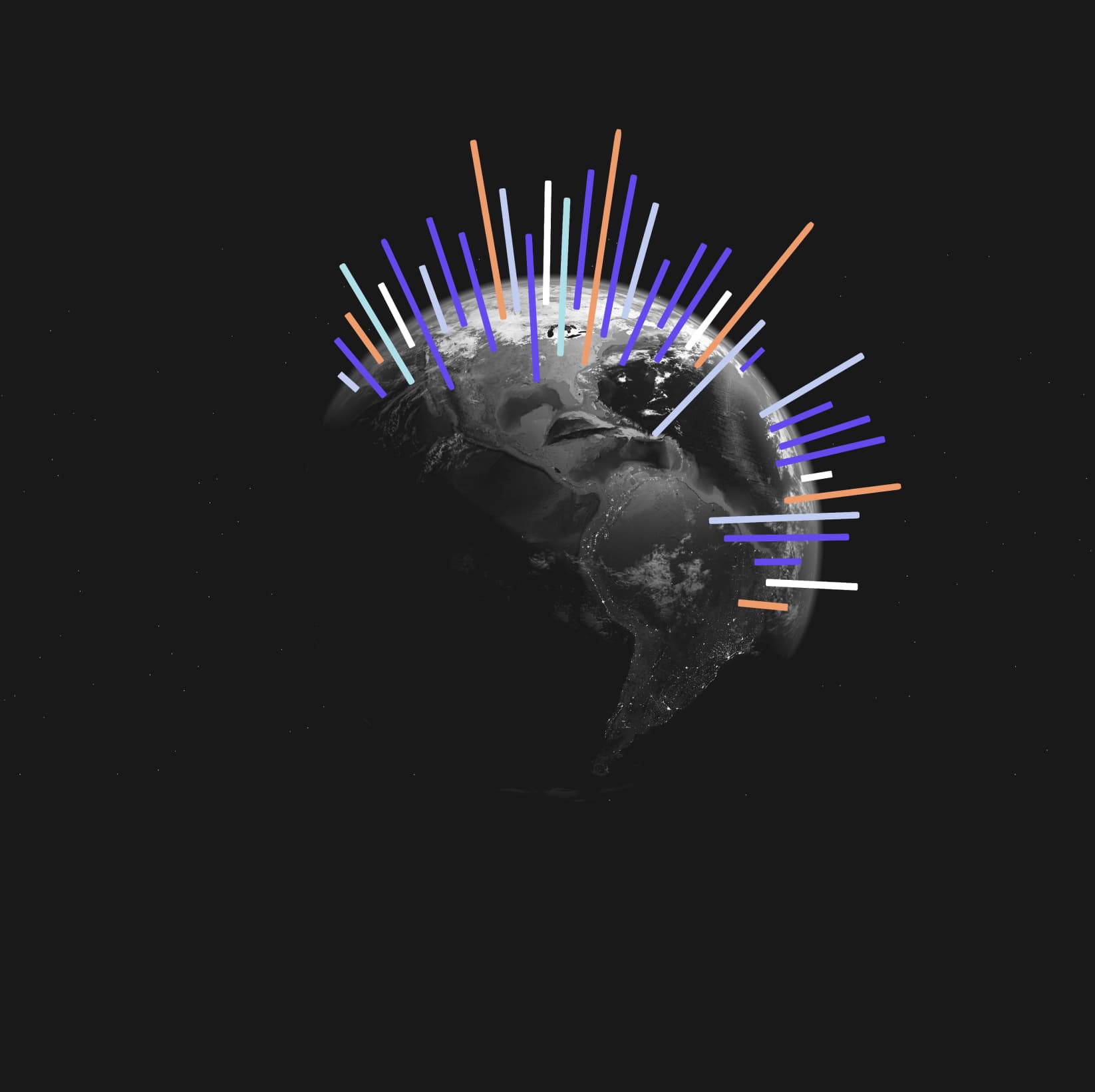Do you ever get that feeling, a sort of rhythm in the air that signals a change in the season? It’s the kind of rhythm that makes you reach for a cosy sweater in the heart of winter or crave a refreshing ice cream on a scorching summer day.
This natural ebb and flow in our behaviour according to the time of year is what we call ‘seasonality’.
We’ll delve into what seasonality means, its influencing factors, and how understanding it can significantly enhance your business strategy.
Seasonality in Trendata
If you’ve ever taken a glance at some of our liveboards, you might have noticed graphs representing seasonality. It’s calculated by taking the average search volume for each month and converting it into a ratio. With the average ratio being 1, months performing above this average are considered peak months, while those falling below are non-peak months.
Influencing Factors of Seasonality
Seasonality is influenced by a variety of factors, each contributing to the patterns we see throughout the year. Some of these factors are predictable and recurring, while others can be more spontaneous and unpredictable. Let’s delve deeper into some of the key factors that drive seasonality.
Weather and Climate
One of the most significant factors influencing seasonality is the change in weather and climate. As the seasons transition our behaviours and needs change along with them.
Think about it. In the summer, we’re all about barbecues, beach trips, and sun hats. So naturally, demand for things like swimwear, sunscreen, and air conditioners goes through the roof.
But when winter comes knocking, we’re swapping those sun hats for beanies and those barbecues for cosy nights. This means more sales for items like winter clothing, heating systems, and even comfort food.
Holidays and Celebrations
Then there are the holidays and celebrations, each bringing their own unique beat to the rhythm of seasonality.
Retailers often see a surge in sales during the holiday season, with products like toys, electronics, and gift cards experiencing peak demand. Fast forward to February, and love is in the air — along with a spike in sales of chocolates, flowers, and jewellery thanks to Valentine’s Day. And let’s not forget Halloween, where the demand for costumes and candy hits a yearly high.
Cultural Events and Trends
Cultural events and trends can also influence seasonal patterns. For example, major sporting events like the Super Bowl or the World Cup can trigger an increase in sales of team merchandise, snacks, and beverages.
On the flip side, popular culture trends driven by movies, TV shows, or social media can create temporary spikes in demand for certain products or services.
Economic Factors
Finally, let’s not forget about economic factors. Tax seasons, paydays, or even economic downturns can all influence buying habits. For instance, some industries may experience a boost during tax refund season as consumers find themselves with a little extra disposable income.
The Impact of Seasonality on Business Strategy
When it comes to seasonality, there’s a whole lot more at stake than just swapping your wardrobe or changing up your Starbucks order. For businesses, understanding the rhythm of seasonality can be a game-changer.
Marketing Strategies
By tapping into seasonality data, you can figure out the best time to roll out your initiatives. Maybe you’ve been launching new collections right before summer, but the data shows that your audience is more engaged and ready to buy in spring. In this case, shifting your schedule could mean reaching your customers when they’re most ready to purchase.
And as each season rolls in, it brings new needs and wants with it. Being aware of these shifts means you can tailor your marketing messages to fit the season. Seasonality helps you identify the gap between search orientation and actual sales, allowing companies to fine-tune their marketing strategies to bridge this gap more effectively. Think promoting sun hats in summer and beanies in winter – it’s all about staying relevant and meeting your customers where they’re at.
Category Management and Procurement
Knowing when demand for your products is likely to peak can guide your assortment planning and purchasing decisions. This way, you ensure your assortment is always in tune with your customers’ needs. For instance, if you’re selling toys and see a surge in sales around Christmas, you’ll want to stock up in advance to avoid the dreaded “sold out” sign.
On top of that, understanding seasonality can help make sense of those mysterious spikes and drops in sales. Instead of scratching your head over why sales dipped in February, you might realize it’s just part of the seasonal ebb and flow. This knowledge can give you a clearer picture of your business performance and guide your future strategies.
Seasonality in International Business Strategies
Every country has its own rhythm, its own ebb and flow of consumer behaviour influenced by weather, culture, holidays, and more.
For instance, while June might mean sunblock and swimsuits in the Western hemisphere, it’s monsoon season in most of Southeast Asia.
By tuning into these unique seasonal patterns, you can tweak your product offerings, marketing campaigns, and sales strategies to resonate with each market’s beat. This way, you stay relevant and competitive, no matter where in the world you are.
In a nutshell, when you’re running a global business, understanding seasonality is like having a secret decoder ring. It helps you decipher consumer behaviour and fine-tune your strategies to match, which means you can ride the wave of heightened consumer activity and boost your sales.
Utilise the Power of Seasonality
Think of running a business as directing a grand symphony — each season conducts its own distinct rhythm, and success is rooted in synchronizing these varying melodies.
Using Trendata, you can leverage the potential of seasonality to enhance your business operations. We provide the data needed to adapt your product offerings according to seasonal demand and align marketing strategies with local trends.
In summary, Trendata equips you to convert the challenges of seasonality into strategic opportunities, guiding your business towards optimized performance and success.




